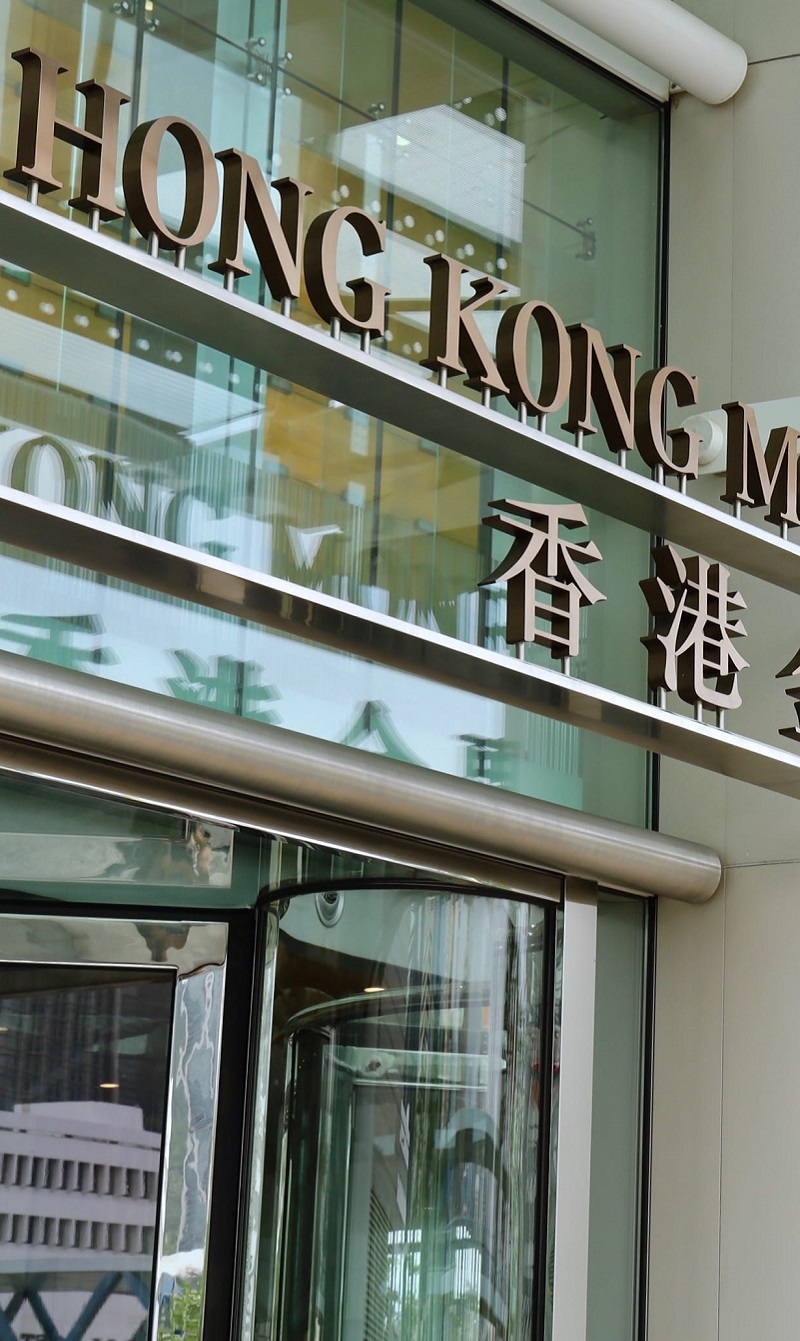Fintech: a Promise of Efficiency and Accessibility
Imran Harith looks at fintech’s consumer structure and its pursuit of financial inclusion while analysing the similarities and differences in the implementation of fintech in several countries.
Financial technology, or fintech, promises a more efficient, accessible and less vulnerable financial system. Fintech products – financial service products developed by non-bank, non-insurance, online companies – offer opportunities of new innovations as well as affected life all over the world, from Europe to Asia, developed and developing. Now, let’s look at the types of consumers that are attracted to the use of fintech in the banking industry, both in the developed and developing world. Here, we analyse what are the similarities and differences between their implementation of fintech.
India
Paytm started as a prepaid mobile and direct-to-home (DTH) television recharge platform and has now evolved into the leading payment system in India, with services, from bill payments to buying tickets for flights, movies and even amusement parks. This has been mainly due to the proliferation of mobile phones in India at around the same time as Paytm’s growth.
According to McKinsey, India is one of the largest and fastest-growing markets for digital consumers with 560 million internet subscribers, average data consumption at 8.3 gigabits (GB) per month and downloaded more than 12 billion apps in 2018. These internet penetrations have been turbocharged by fintech in India, which has helped spread access to financial services to people. In India, 80 per cent of adults now have access to an account in 2017.
China
Ant Financial has been leading the way in terms of other financial services besides banking. They provide loans to millions of users, and heavily relies on big data to make credit decisions as the credit system in China is very antiquated. The success of these fintech companies is due to the lack of penetration into the market by credit card firms, mainly Visa and Mastercard.
Strict regulations enforced by the Chinese government prevent these companies from accessing many consumers in China, especially ones from the rural heartland of China. This is usually seen as a form of protectionism by the Chinese government, as they look to protect their local firms such as Unionpay, and also to allow the local technology companies Alibaba and Tencent to utilise the large population to gain a competitive advantage over Western counterparts in the payment sector.
Developed Market
In the developed world, the target market is quite different, as companies involved in fintech are mainly looking at young, tech-savvy millennials, which are more likely to adopt new technology compared to generations before them. Millennials also have a deep mistrust in the traditional banking system, as it was this system that led to the 2008 financial crisis that crippled the global economy and led to many people’s savings disappearing.
Due to this, more millennials are turning to ‘neobanks’, which are advertising themselves as the anti-bank, utilising technology to simplify banking, by making banking look like using any other social media app that millennials would normally use on a daily basis. An example of a neobank is Monzo. It’s based in the UK and provides current accounts. The thing that differentiates Monzo from other banks is its use of technology. It’s a digital, mobile-only bank that only operates through an app that controls the uses of the card.
Some of the advantages of Monzo compared to traditional banks is that it offers real-time push notifications to phones running the apps, where historical transactions can also be viewed. Neobanks like Monzo have gained popularity as many customers are dissatisfied with the current banking service that is currently being provided by the traditional high street banks.
Similarities
The similarities in the way that fintech has grown is that it’s trying to make the world a cashless society, once and for all. Attempts at a cashless society began with credit and debit cards, but this left out many parts of society – particularly the unbanked. Digital e-wallets are allowing for people in the developing world to also lead cashless lifestyles. Cashless societies will allow for all money to be accounted for and reduces the amount of ‘leakages’ from the monetary system.
Differences
The difference between the growth of fintech in the developing world versus the developed world is that the amount of time that the developing world has had in terms of exposure to fintech, the developing world has been much quicker to adopt these new technologies compared to the developed world. An example would be that mobile payments account for USD9 trillion worth of transactions while in the States, that figure only reaches USD112 billion. A reason for this is the maturity of existing financial services in the developed world with a wide and mature customer base already accustomed to the traditional system.
Last Words
Despite all the growth that fintech had, 31 per cent of the world’s adult population still don’t have access to an account, more than 200 million businesses and 1.7 billion people remain financially excluded. Two-thirds of these 1.7 billion unbanked adults have a mobile phone. This will be the main target market of companies that are trying to gain foothold in the fintech industry, as well as the current key players in the field, as this presents future opportunities in this burgeoning sector.
About the Author
Imran Harith is Research Intern at Standard Financial Adviser Sdn Bhd with primary responsibility of investment and economic research and currently a student in his final year of master’s in Economics and Finance at Heriot-Watt University, Edinburgh.
Main photo by Edi Kurniawan on Unsplash



